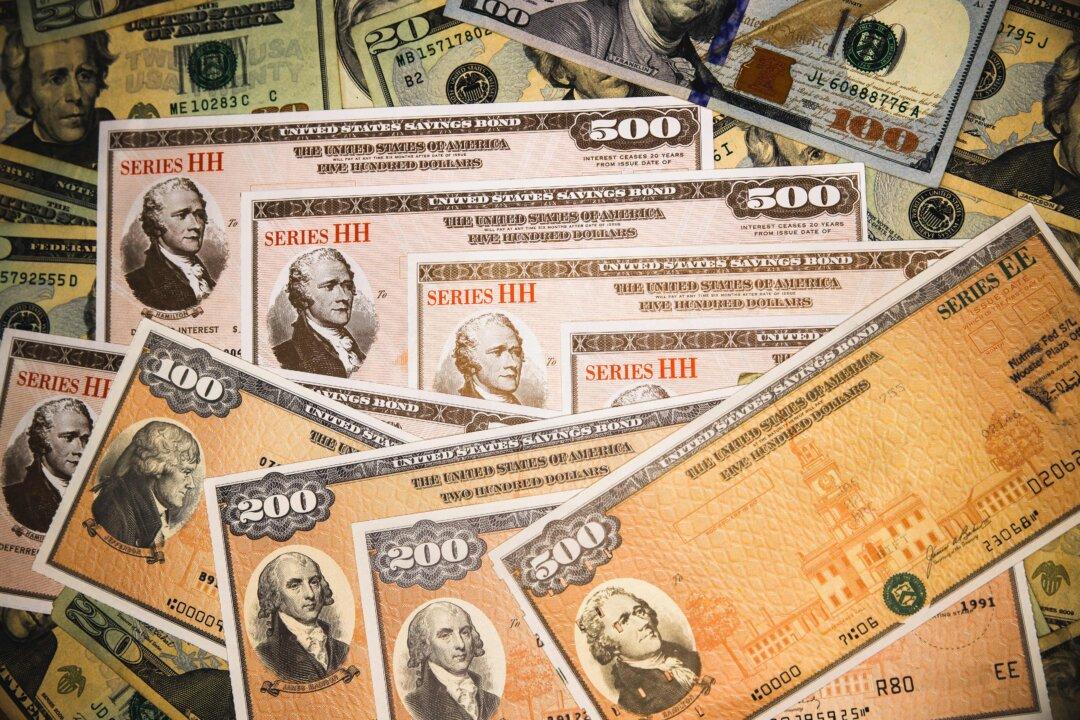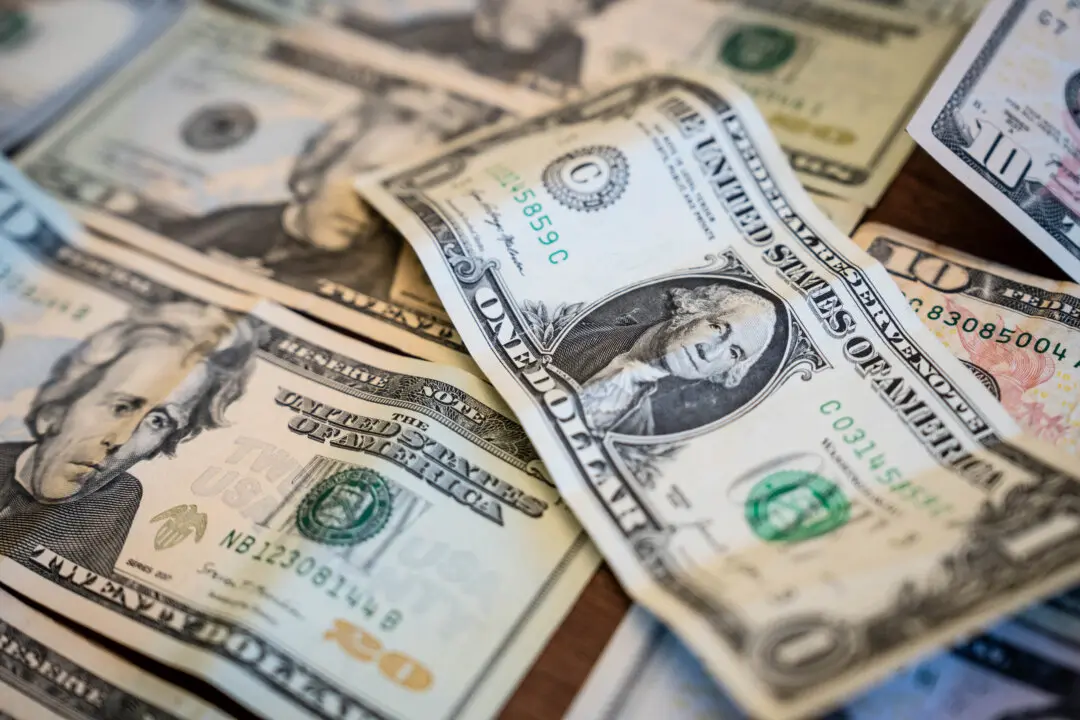Global debt at negative yields has plummeted to less than $3 trillion for the first time since December 2015, according to an analysis by Deutsche Bank.
With more central banks tightening monetary policy and unveiling efforts to raise interest rates to combat inflation, the share of subzero debt as a percentage of total outstanding bonds cratered in the past week.





